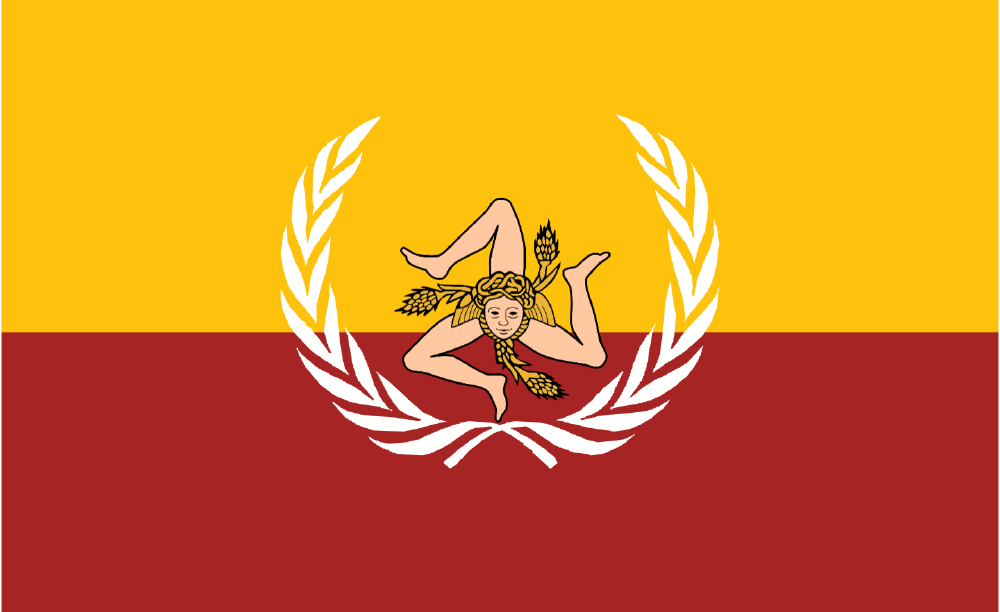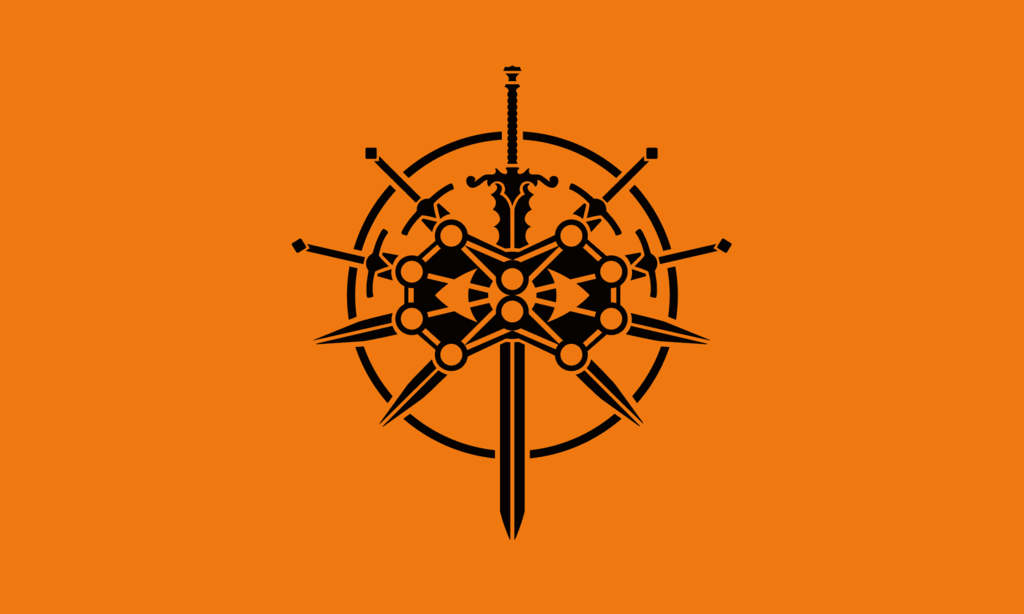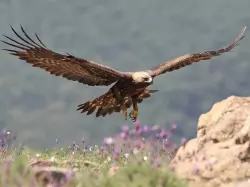The glorious People’s Republic of Sicily has stood against the surrounding powers from its founding in 1945 and the Cold War tensions to now. With its young president Vincenzo Dario, who definitely won the election fair, leads the great people and nation to glory!
Government Leaders:
President: Vincenzo Dario
General Secretary of the PPS: Salvatore Mazzieri
Minister of the Interior: Giuseppe Romano
Minister of Foreign Affairs: Gianluca Almirante
Minister of War: General Salvatore Bellini
Minister of Labor and Agriculture: Bartolomeo Grani
Military Leaders:
Chief of Staff of the Military High Command: Gen. Ferruccio Romano
Chief of the Esercito Popolare Siciliano: Gen. Cosimo Altieri
Chief of the Aeronautica Popolare Siciliana: Air Marshal Ruggiero Vasta
Chief of the Marina Popolare Siciliana: Admiral Silvano Greco
Parties of the Republic:
Partito Popolare Siciliano led by Salvatore Mazzieri (1,200,000 Members)
Partito dei Lavoratori Siciliani led by Fortunato di Biasi (320,000 Members)
Lega dei Contadini Cristiani led by Don Guglielmo Navarra (210,000 Members)
Unione dei Veterani della Patria led by Saverio Iacona (150,000 Members)
Movimento Femminile Siciliano led by Elettra Dario (270,000 Members)
Partito per l’Ordine e la Giustizia led by Marco Trigona (90,000 Members)
Paramilitaries of the Republic:
Milizia Popolare Siciliana
- Commanded by Capo della Milizia Popolare Siciliana Vittorio Scarpellini
- 310,000 Members
- Role: Paramilitary Wing of the Partito Popolare Siciliano (PPS)
Servizio del Lavoro Popolare Siciliano
- Commanded by Capo del Servizio del Lavoro Antonio Macrì
- 150,000 Members
- Role: National Labor Corps
Corpo Aereo Popolare
- Commanded by Capo del Corpo Flavio Leone
- 35,000 Members
- Role: Aviation Sports and Auxiliary
Corpo Motorizzato Popolare
- Commanded by Capo del Corpo Alfredo Garufi
- 115,000 Members
- Role: Transport, Logistics, Motor schools
Lega Femminile Siciliana
- Commanded by Presidente Generale della Lega Femminile Annalisa Ferreri
- 110,000 Members
- Role: Women’s Auxiliary
Corpo di Difesa Civile Popolare
- Commanded by Capo del Corpo Salvo Martorana
- 60,000 Members
- Role: Civil Defense and Air Raid Protection
Gioventù Siciliana del Popolo
- Commanded by Dirigente Giovanile Nazionale Leonardo Spatafora
- 450,000 Members
- Role: National Youth Organization














